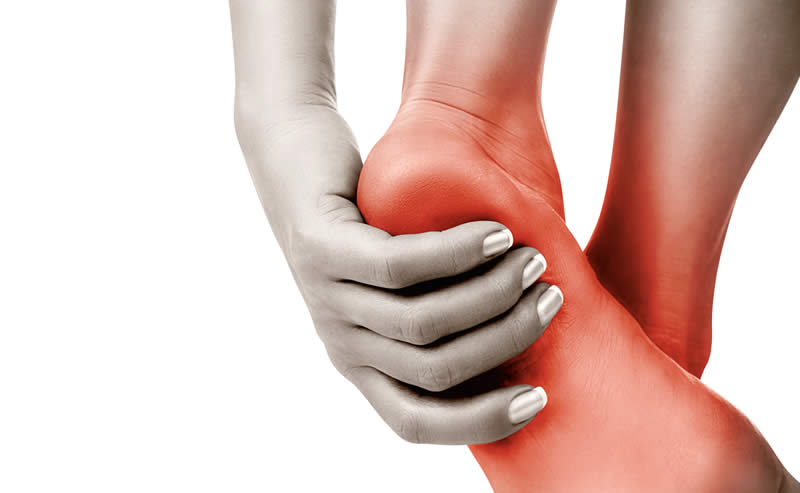Proper-fitting footwear make all the difference whether you walk or run.
Running as well as walking are among the purest, most natural kinds of exercise around.
Choose the wrong athletic shoes as well as you could possibly wind up resting on the sofa nursing shin splints or aching heels rather than delighting in a vigorous stroll or run.
While the majority of specialty sport-shoe shops have well-informed staff to lead you, you’ll be a few steps successful equipped with some fundamental expertise concerning your feet as well as their particular needs. Here is some expert recommendations to hearken before buying new footwear:
Don’t make shoes multitask. Walking footwears are stiffer; operating footwears are much more versatile, with extra cushioning to take care of higher impact. If you do both activities, obtain a set each.
Feet can be found in a selection of forms, as well as knowing your foot’s certain traits is essential to choosing the best set of shoes. A lot of significant brand names now offer a version to match every foot kind.
One way to determine your foot’s form is to do a “damp test”: wet your foot, action on a piece of brownish paper as well as trace your impact. Or just look at where your last pair of shoes reveals the most put on.
If your footprint reveals the entire sole of your foot with little to no contour on the within, or if your shoes reveal the most wear on the inside edge, it suggests you have actually obtained reduced arches or level feet and tend toward overpronation, meaning your feet roll internal. Overpronation can develop added wear on the outside heel and inside forefoot. You’ll want a footwear with a motion-control feature and also maximum support.
If the impact reveals only a portion of your forefoot and also heel with a narrow link between the two, or if your shoes break mainly outside edge, you have high arches and also have the tendency to underpronate (additionally called supinate), implying your feet roll exterior. Underpronation reasons wear on the outer side of the heel as well as the little toe. Try to find a cushioned footwear with a soft midsole.
You have a neutral arch if your impact has a distinctive contour along the inside and your shoes wear evenly. Try to find a “stability” shoe, which has the appropriate mix of padding as well as support.
Feet Adjustment
Measure your foot frequently. It changes as we grow older, so have your feet determined twice a year. Sizes additionally vary between brands, so go by what fits, not by what dimension the footwear is.
Store toward the end of the day. Feet swell during the day; they also broaden while you run or walk, so shoes must fit your feet when they go to their biggest.
Bring your very own socks, the ones you wear while running or walking. If you wear orthotics, bring those, also. Footwears need to fit with the orthotic in.
Don’t believe in running in. Running and also strolling shoes must really feel comfy right away. Stroll or playing around the shop a bit making certain they really feel excellent in action.
Use the general rule. There need to have about a thumb’s width. The heel ought to fit fairly firmly; your heel should not slip out when you stroll. The top component of the shoe– which goes over the top of your foot, ought to be tight and protected, and also not also tight anywhere. You ought to be able to freely wiggle all of your toes when the shoe is on.
Understand the bells as well as whistles. Some vehicles of running shoes look better matched to a room objective than a run in the park, but some of those groovy-looking features in fact serve a purpose. Clear inserts, full of gel, Freon, or air, offer extra shock absorption, as do those springy-looking points.
Some shoes enable you to inflate the tongue, which lets individuals with difficult-to-fit feet achieve an even more customized fit.
Know when to change them. The ordinary pair of running shoes must be changed after concerning 350-400 kilometres of use Once the back of the sole is worn out or the shoe really feels awkward or much less encouraging, it’s time to shop.


